Whether you’re interested in the clinical or non-clinical side of healthcare, earning one of the best health science degrees is the perfect launch pad for multiple careers.
An undergraduate degree in health science is a great choice if your aim is to work in healthcare. This degree can be used as a terrific starting point for entering nursing, dentistry, pharmacology, or medical school. This degree can prepare you to enter the business or non-clinical side of healthcare, such as:
- Administration
- Patient Education
- Support Services
This degree will give you a big picture of healthcare, allow you to find just the right niche, and provide an excellent foundation for an advanced degree.
See Also: Best Bachelor’s in Healthcare Management Programs
What are the Best Health Sciences Degrees?
We know that you have educational goals that you’re itching to pursue, but you may not know where to start. Below is a list of health science major colleges. The editors of CollegeRank utilize a unique ranking methodology based on the following three aspects:
40% Potential Salary After Graduation: Average mid-career salary of school alumni
30% Institutional Accreditation: Regional and National Accreditation
30% Overall Degree Affordability: Average cost of undergraduate and graduate tuition per school
At CollegeRank, we strive to do our best to guide you and your family toward a fruitful academic career. The pursuit of knowledge is a noble one. We want to help you reach your goals. For questions, comments, badge downloads, or data corrections, please feel free to reach out to us at editor@www.collegerank.net.
California State University-Fullerton
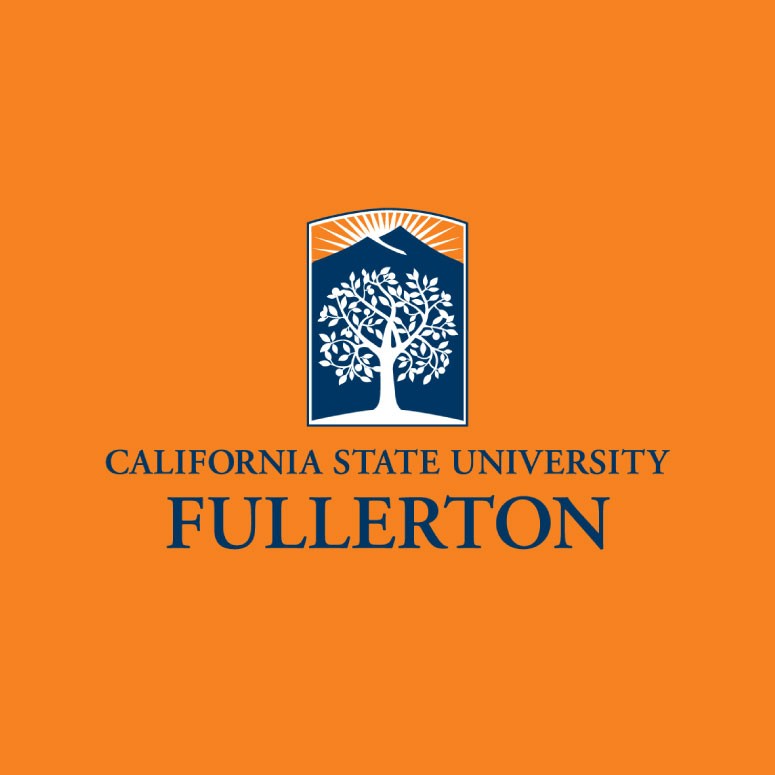
California State University, Fullerton is one of the top universities for health sciences. It is the largest university in the California State University system. It had over 36,000 students enrolled in the Fall of 2020. Fullerton offers:
- 57 bachelor’s degree programs
- 52 graduate degree programs
- 3 doctoral programs
It awards more degrees to Hispanic students than any other university in California.
Cal State Fullerton offers a Bachelor of Science degree program in public health. Students choose one of three concentrations:
- General Studies
- Global Health
- Environmental and Occupational Health and Safety
The curriculum covers core public health disciplines, the causes of diseases and their distributions, and health promotion program design.
The curriculum includes 49 credit hours of coursework. They are divided between 28 hours of core courses and 18 hours of concentration courses. Courses include Concepts in Public Health and the U.S. Health Care System. The concentration requirement is split among three required courses and three electives.
There are two prerequisite courses all students must complete before beginning the health science major courses:
- Personal Health
- Introduction to Public Health
Graduates of the program are prepared for careers in public health, health care, and others. Alumni have found jobs in clinical and non-clinical settings, both for private and public organizations.
University of Florida
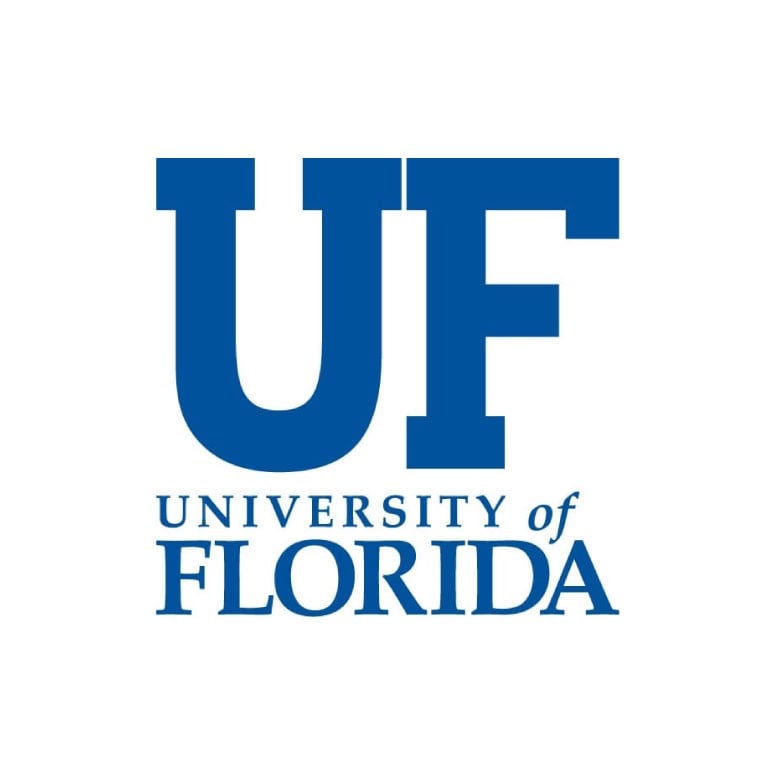
The University of Florida traces its origins to four universities, the oldest of which was the East Florida Seminary. That was founded in 1853. These institutions eventually merged to form UF, which is located in Gainesville, FL.
It is now one of the largest public universities in the state. The school’s sports teams have won 42 teams and 341 individual national championships.
Florida’s Bachelor of Health Science program is a limited-access program for students who are generally pursuing professions such as:
- Medicine
- Physician Assistant
- Physical Therapy
- Audiology
“Limited access” means that students must apply for entry to the program during their sophomore year. Students complete 60 credit hours of coursework within the health science major.
Health science major courses include:
- Diseases and Disabilities
- Public Health Concepts
- Pathophysiology
- Therapeutic Communications
- Ethical and Legal Issues in Health Care
The degree plan for the program calls for 32 credit hours of required courses. The remainder of the courses are devoted to student-chosen electives.
In recent years, the College of Public Health has received more than $84 million in grants. Faculty of the college work on research projects covering a diverse range of issues including:
- Dementia
- Muscular Dystrophy
- Sports Concussions
- Obesity
Minors are available in:
- Health Science
- Disability Science
- Public Health
- Communication Sciences and Disorders
Rutgers University-New Brunswick
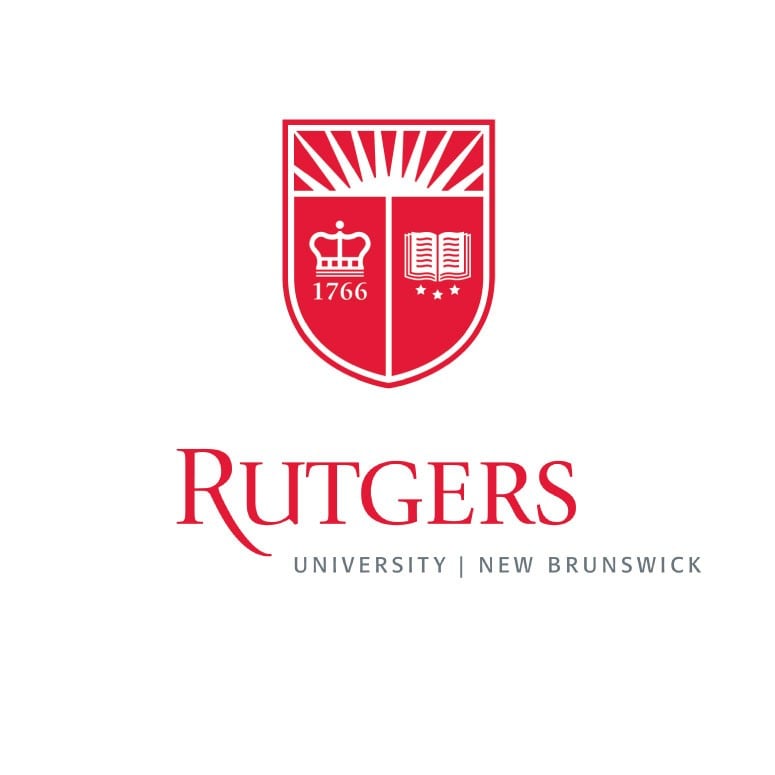
New Brunswick, NJ is home to one of Rutgers University’s three regional campuses. New Brunswick has a number of notable school traditions, including the annual Dance Marathon. It is a fundraising event where more than 400 dancers pledge to raise funds and remain standing for more than 32 hours.
Rutgers is one of the best universities for health sciences. Rutgers New Brunswick offers an online, joint Bachelor of Science in Health Sciences program through:
- the School of Health Related Professions
- Thomas Edison State College
- New Jersey State University
- the Newark College of Arts and Sciences
All health-related courses are delivered by the School of Health Related Professions.
This Bachelor of Science in Health Sciences is a degree completion program designed for health care professionals. Students in the program complete a 15-credit interdisciplinary core of courses. These include:
- Principles of Scientific Inquiry
- Health Care Organizations
- Ethics of Health Care
- Introduction to Interprofessional Education
- Cultural Issues in Health Care
Admission to the program requires students to have completed at least a certificate program at an accredited allied health education program or an associate’s degree with a GPA of at least 2.5. Certain tracks of the program, such as Psychiatric Rehabilitation, require students to have a minimum 3.0 GPA. Students may also be required to hold a current health professional license, if applicable to their track.
California State University-Sacramento

California State University, Sacramento was originally founded in 1943 as Sacramento State College. In 2012, Cal State Sacramento was declared the “Tree Campus USA 2012” by the Arbor Day Foundation. It is also home to the terminus of the famous Pony Express mail service, which is one of two campus locations on the National Register of Historic Places.
CSU, Sacramento is home to a Bachelor of Science program in Health Science (Health Care Administration). 120 total credit hours are required for the degree, with 58 of those required for the major itself. The health science major includes:
- 16 units of lower-division
- 15 units of upper-division
- 27-31 units of concentration courses
The Health Care Administration concentration requires 27 hours. Its courses include administrative ones, such as Accounting Fundamentals and Health Care Systems and Operations. It also includes more science-heavy courses, such as Bioethics, and organizational behavior courses, such as Organizational Psychology.
California State University-Dominguez Hills

California State University Dominguez Hills is one of the best colleges for health science degree programs. More than half of the students at California State University, Dominguez Hills identify as first-generation college students. It also has the highest number and percentage of African-American students in the California State University system.
The school’s athletic teams compete under the name the Toros, which is the Spanish word for “bull.”
CSUDH offers a Bachelor of Science degree in Health Science. The program includes the option of three concentration areas:
- Health Care Management
- Community Health
- Radiological Technology
Each health science major concentration requires 60-69 credit hours of coursework. The programs are flexible and designed for working professionals, so students can choose whichever enrollment status (full- or part-time) works best for them.
The health science major curriculum is divided between 30-36 hours of common core and 30-33 hours of concentration coursework. Upper-division common core courses include Health Policy Issues and Analysis and Multicultural Health. Concentration courses can include Leadership in Health Care and Introduction to Global Health.
In addition to the health science major option, there are opportunities to pursue a minor or a subject matter preparation program in public health. The minor in Health Science requires 15 credit hours. The subject matter preparation program partially fulfills the requirements for students to earn a Single Subject Teacher Credential in Health Science.
California State University-Long Beach
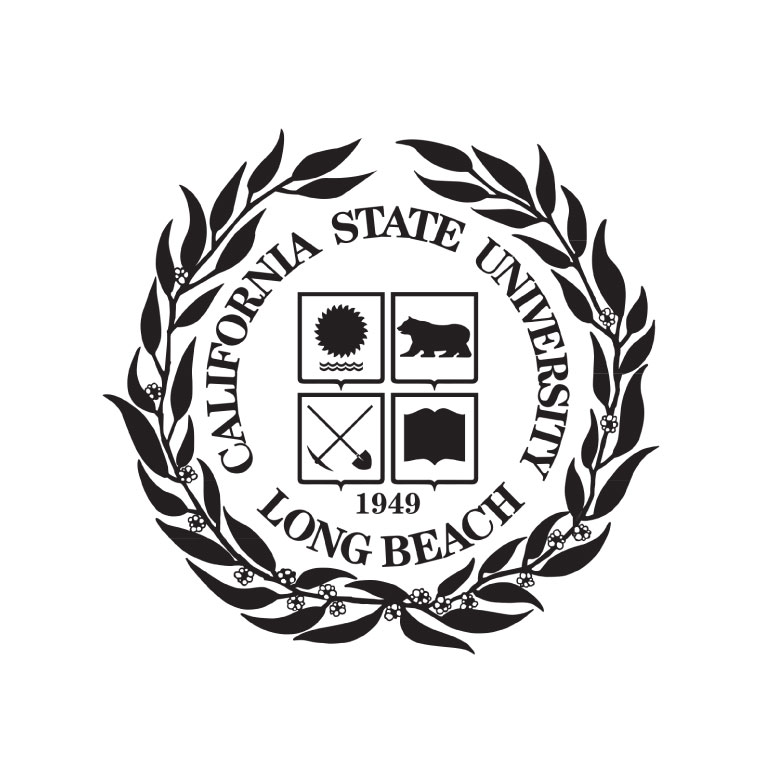
In Fall 2018, California State University Long Beach received more than 100,000 applications for admission, which was the most of any CSU campus. U.S. World News & Report ranked CSU Long Beach as the fifth-most diverse university in the West in 2011.
Its basketball and volleyball teams play inside the Walter Pyramid, a 4,000-seat arena that is roughly two-thirds the size of the Luxor Hotel’s pyramid in Las Vegas.
CSU Long Beach has a Bachelor of Science in Health Science program. It is among the best bachelor degrees in healthcare. The program includes a five-part required core, which covers competencies in:
- Statistics
- Program Development
- Professionalism
- Health Services Organization
- Health Promotion
Students must complete at least one course from each competency area.
The Bachelor of Science program includes options for students to pursue a Community Health Education or School Health Education focus. Forty units of the health science major are upper-division courses related to the student’s chosen area of focus. These focus areas offer students options such as Aging and Society or Race, Gender, and Class.
Furman University

Furman University was founded in 1826. That makes it the oldest private college or university in the state of South Carolina. Furman was founded by a Baptist minister. It became a secular university in 1992. However, the school kept its original motto, “For Christ and Learning.” Its primary campus is located in Greenville, SC.
Furman’s health sciences degrees may be earned as either a Bachelor of Arts or a Bachelor of Science. The programs begin with similar coursework, covering wellness concepts, basic anatomy, kinesiology, and epidemiology. The BS program requires a total of 12 courses, while the BA program requires only nine.
The additional three courses for the BS program are dedicated to a calculus course and two science courses that are “appropriate for a major in the respective discipline.” Examples of courses that fulfill this requirement include:
- Environmental Science
- Organic Chemistry
- Earth Systems
- General Physics
- Introduction to Biopsychology
University of South Florida-Main Campus

The University of South Florida is among the top colleges for health sciences. It is a public university located in Tampa, FL. The school has three campuses in Tampa, St. Petersburg, and Sarasota. In 2018, it became only the third public university to earn “Preeminent University” status from the State of Florida.
The University of South Florida offers a Bachelor of Science in Health Sciences program that is billed as an interdisciplinary degree offering a balance of hard science, social sciences, and the humanities. The program offers both face-to-face classroom instruction and distance/online learning opportunities.
Courses in the program are offered through five colleges and more than 20 departments at USF. The program curriculum starts students off with core foundational courses before they choose from one of five concentration options. Students spend 30 credit hours in these concentrations, which may also be split into two, to allow for a dual concentration.
The five concentration areas offered in the program are:
- Biological Health Science
- Aging Health Studies
- Social & Behavioral Health Science
- Health Management
- Health Information Technology
Students take 34-40 credit hours of core courses along with their 30 concentration credits for a program total of 64-70 credit hours.
Drake University

Drake University is among the top schools with health science majors. When it was founded, Drake University was affiliated with the Christian Church (Disciples of Christ). It no longer has an official religious affiliation. Its first classes were offered to 77 students, who all met in one building.
The Des Moines, IA-based school now has more than 5,000 students who attend six schools and colleges. It is also home to one of the 25 oldest law schools in the United States.
Drake offers a Bachelor of Science in Health Sciences program. This is a four-year undergraduate major that gives students both practical skills and professional experience.
Students interact and work with a mixture of scientific and healthcare professionals. Once students determine which niche of the health sciences is best for them, they can choose advanced experiences that allow them to merge practical experience with classroom knowledge.
The program curriculum is designed to be flexible enough to meet the needs of any healthcare career interests. Students choose from one of two program tracks: Clinical and Applied Sciences or Health Services Management. Drake also offers a “Three to a Health Sciences Degree” program that allows students to complete the Clinical and Applied Health Services BS track in only three years.
University of Southern California
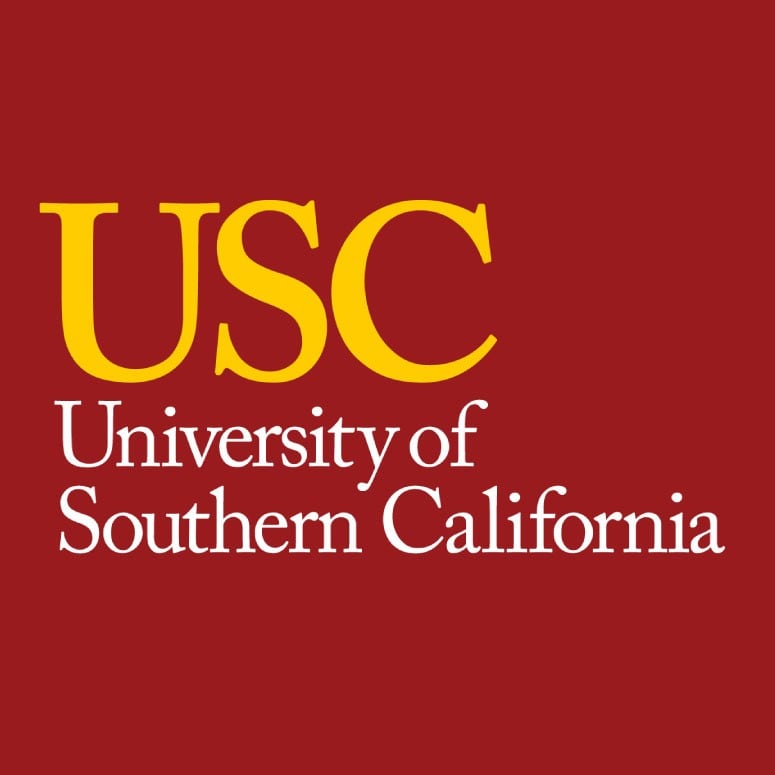
The University of Southern California is one of the best schools for health sciences. It is the oldest private research university in the state of California. It is also the largest private employer in the city of Los Angeles and has an endowment of nearly $5.5 billion. USC’s alumni have won more Academy Awards than alumni of any other university in the country.
USC is home to a Bachelor of Arts program in Health and Human Sciences. The degree is designed for students who want freedom and flexibility in their program. Students have a wealth of access to volunteering opportunities throughout the Los Angeles area, which helps to supplement their in-class coursework.
The program’s curriculum combines all of the necessary science, social science, humanities, and critical thinking concepts, alongside field experience. This ensures the cross-sectional experience that health students in the modern world need. Every student in the program is also encouraged to choose a semester abroad component as a part of the program.
The major is open to all students. Students do not have to apply to it or declare a pre-health major when they enroll at USC. Overall, students must complete 45-48 credit hours of coursework, which is divided among:
- lower-division core courses
- modules in the Human Sciences
- an experiential learning component
- upper-division electives
University of Missouri-Columbia
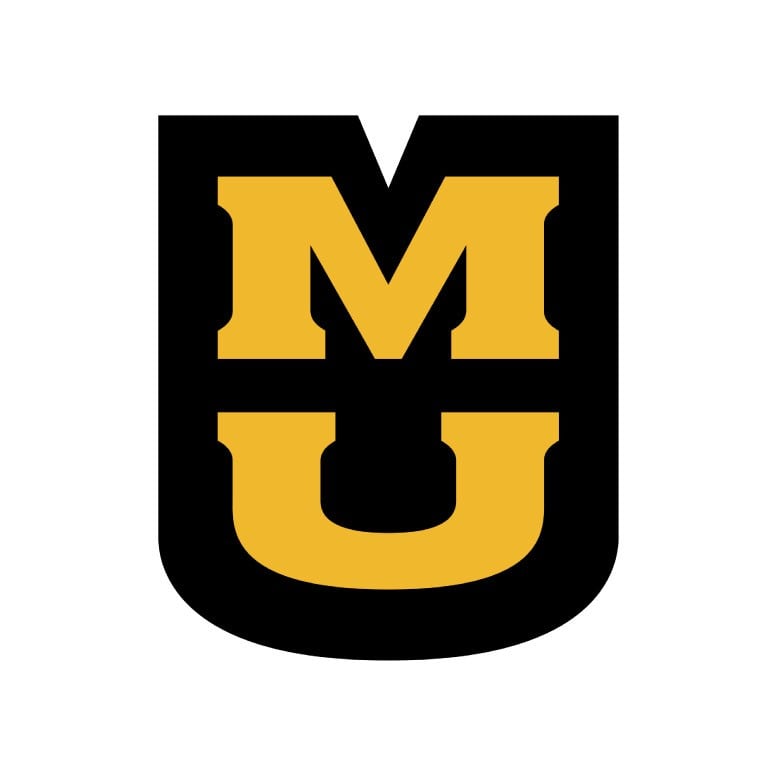
The University of Missouri, Columbia is the state’s biggest university. It is home to the world’s first school of journalism, the Missouri School of Journalism. The Council for Advancement and Support of Education has identified Missouri’s homecoming celebration as the best in the country.
The school even claims to be the inspiration for homecoming celebrations across the country.
UM Columbia’s Bachelor of Health Sciences in Health Sciences is designed for students who want to pursue a non-clinical health career. This would include options such as:
- Medical Case Management
- Corporate Wellness
- Human Services
- Medical Sales
- Pharmaceutical Manufacturing/Distribution
Students may also continue on and pursue graduate health science programs in physical therapy or public health.
Students choose an emphasis area, which can be one of the following:
- Health and Wellness
- Leadership and Policy
- Pre-Professional
- Rehabilitation Science
Students complete 30 credit hours of dedicated coursework in their chosen emphasis. This is in addition to core health sciences courses and professional emphasis courses.
Ohio State University-Main Campus
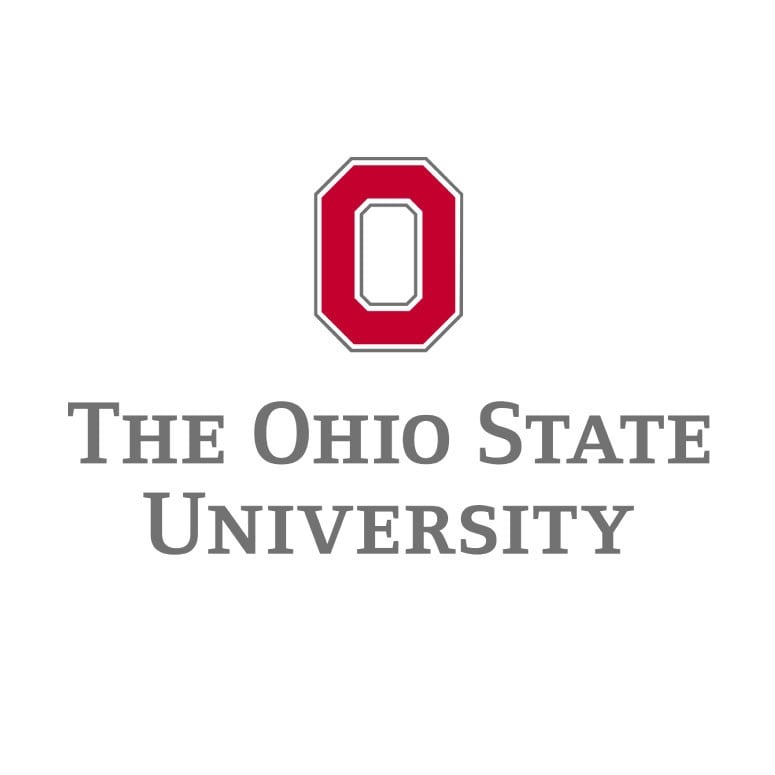
The Ohio State University was founded in 1870 as the Ohio Agricultural and Mechanical College. It is now the third-largest university campus in the United States.
One of its most famous traditions is to strongly emphasize the word “The” in its name. OSU unsuccessfully attempted to patent its use of the word “the” in 2019. Ohio State’s main campus is located in Columbus, OH.
OSU’s School of Health Sciences offers a Bachelor of Science in Health Sciences degree. Students can complete the program at either the Columbus or Lima campus or through OSU’s online learning portal. First-year students can apply to the program as long as they have at least a 3.5 GPA and have completed all prerequisite courses.
Courses in the program’s curriculum include:
- Health Professions
- Health Care Management and HR
- Health Promotion
- Introduction to Pathophysiology
- Critical Phases of Life
- Cultural Differences in Clients
Students may also pursue research and internship experiences while in the program. This adds practical knowledge to their in-class experiences.
All health sciences students are required to complete a minor as a part of the program. Any minor offered at the university is allowed, and the department may waive the requirement if a student has previously earned an associate’s degree. Some research opportunities included in the program are paid positions with The Ohio State University Wexner Medical Center.
University of Central Florida
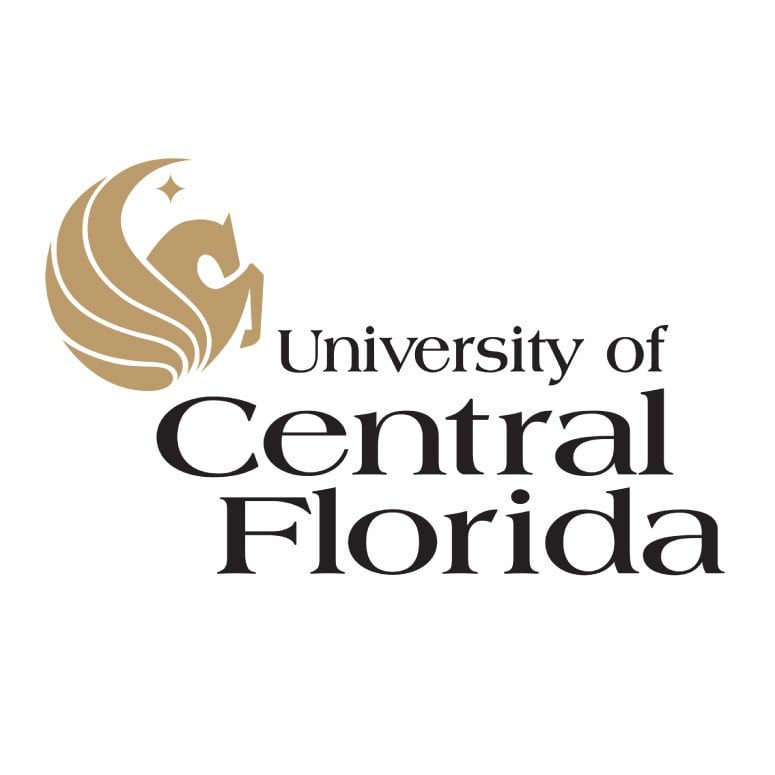
The University of Central Florida is one of the best colleges for health science major program options. UCF is the biggest university in the United States, by enrollment. It enrolled almost 70,000 students during 2021-2022.
The school is home to 13 colleges on its campus in Orlando, FL. It oversees 10 regional campuses. The school’s mascot is a black and gold knight named “Knightro,” who rides a custom chariot car designed by UCF Engineering students.
UCF’s Bachelor of Health Science program prepares students for advanced study in both clinical and nonclinical fields. Students have the discretion to choose their coursework, which can either prepare them for future graduate studies or immediate work as a professional following graduation. The program has two tracks: Health Promotion and Pre-Clinical.
At UCF, students declare a major when they apply for admission. The program’s core curriculum provides students with a knowledge base rooted in:
- Chemistry
- Biology
- Physics
- Social Sciences
The remainder of the major includes 24 credit hours of core advanced-level courses and 28 credit hours of restricted elective coursework.
Students who wish to pursue an internship during the program must apply for one. The internship gives students experience through clinical shadowing, research, and/or outreach. The minimum requirements for application to the internship course are:
- an overall 3.0 GPA (preference given to those above 3.5)
- junior standing or above
- completion of all prerequisite Pathophysiology courses
Northeastern University

Northeastern University is home to one of the country’s premier co-op programs, which pairs classroom learning with professional experience. Northeastern has more than 3,100 business partners in its co-op program. It offers these experiences on all seven continents.
As one of the four major hockey schools in Boston, Northeastern participates in the annual Beanpot Hockey Tournament, which it won in 2018 and 2019.
Northeastern University is one of the best colleges with health science major degrees. It offers a Bachelor of Science in Health Sciences degree, which requires:
- 36 credit hours of core courses
- 15 hours of professional electives
- 39 free electives
This allows students to reach the overall degree threshold of 120 credit hours.
Required major core courses cover a wide range of subjects:
- Health Management
- Biology
- Chemistry
- Health Science
The major core also includes the capstone course, which students complete at the end of the program. This “Project in Health Science” offers students the opportunity to consult on a real-world health science problem, with the support of faculty and working professionals in the industry.
Stockton University

Stockton University is one of the best colleges for health sciences. It is named for one of the signers of the Declaration of Independence, Richard Stockton. Its first classes were held at the Mayflower Hotel in Atlantic City, NJ in 1971. Stockton quickly expanded and now has almost 10,000 students and more than 330 academic staff members.
Stockton University’s Bachelor of Health Science program curriculum is based on the Core Competencies for Interpersonal Collaborative Practice (IPEC). Through this structure, students work with a faculty preceptor. They design an education program that will help them meet their unique professional and academic goals.
Students have four different program concentrations to choose from:
- General
- Pre-Communication Disorders
- Pre-Physical Therapy
- Pre-Occupational Therapy
Depending on the concentration area a student chooses, there may be additional prerequisite requirements to fulfill, such as additional math requirements for the Pre-Occupational Therapy and Pre-Physical Therapy concentrations.
Students complete 40-46 credit hours of BSHS core classes. They also complete 34-40 credit hours of BSHS cognate courses, depending on the area of concentration. Students should plan to begin the major coursework by the start of their sophomore year. They are also encouraged to interview with the BSHS coordinator before declaring their major.
Florida Agricultural and Mechanical University

Florida A&M University was ranked the No. 7 Best Public HBCU (Historically Black College or University) in the country by U.S. World News & Report for 2022. Florida A&M is located in the Florida state capital, Tallahassee.
Students who attend the school are referred to as being a part of the “FAMU-ly.” FAMU’s marching band, The Marching 100, performed at the inaugurations of Presidents Bill Clinton and Barack Obama and has appeared in the Pasadena Rose Parade.
Students in Florida A&M’s Bachelor of Science in Health Science program may choose to pursue a focus in Pre-Physical Therapy. The program is designed to give students skills that the university has identified as highly desirable by employers in the healthcare fields of tomorrow.
The Pre-Physical Therapy major coursework covers all of the prerequisites needed for graduate studies in physical therapy. Health science courses from this program include:
- Medical Sociology
- Health Law
- Physiological Aspects of Disability
- Principles of Management
There are also options for either a General (non-clinical) emphasis or a Pre-Occupational Therapy emphasis.
Stephen F Austin State University
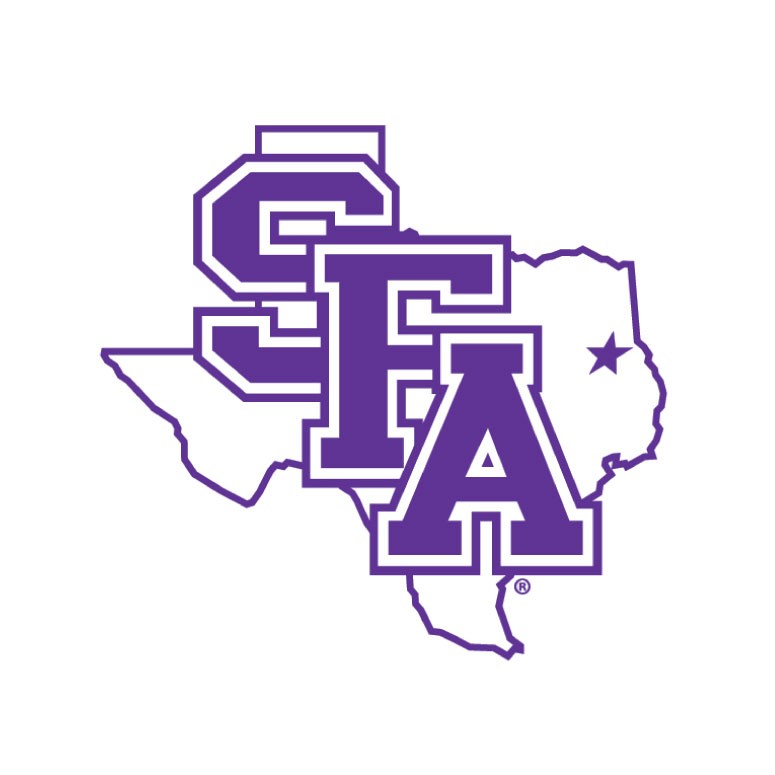
Stephen F. Austin University is a public university located in Nacogdoches, TX. The name Nacogdoches comes from a local Native American tribe of Caddo Indians. The town bills itself as the “oldest town in Texas.” The university’s sports teams compete under the names of “Lumberjacks” and “Ladyjacks.”
Stephen F. Austin University offers students the opportunity to earn a Bachelor of Science in Health Science. The interdisciplinary nature of the program allows students to pursue careers in public health education and health promotion in a wide range of settings.
Students are exposed to a wide range of career options, including health education and occupational therapy.
The program’s curriculum includes 12 courses, such as:
- Prevention and Control of Diseases
- Social Health and Sexual Interactions
- Environmental Health
Students are strongly encouraged to pursue an internship during the program. Health sciences students can also apply for health sciences-specific scholarships, such as the Alvera Griffin Health Education scholarship.
The College of Idaho

The College of Idaho was known as the Albertson College of Idaho until October 2007, when it adopted its current name. The College of Idaho makes the list of colleges with health science majors. It offers a unique curriculum option for its undergraduate students, called the PEAK curriculum. PEAK stands for professional, ethical, articulate, and knowledgeable.
The program allows students to graduate with a major and three minors in just four years. Its campus is located in Caldwell, ID.
The College of Idaho offers a Bachelor of Science in Health Sciences program. Students have five concentration options from which to choose:
- Health Science
- Health Occupations
- Emergency Medical Services
- Pre-Occupational Therapy
- Pre-Occupational Therapy Accelerated
The goal of this interdisciplinary degree program is to prepare marketable students for entry-level employment in the healthcare field.
The Health Sciences core requires students to complete 12-13 credit hours of coursework. These courses draw from different subject areas, such as:
- Healthcare
- Professional Competencies
- Communication
- Diversity
All students take at least one course in each of these areas, along with foundational courses in biology and medical terminology.
On top of the core courses, students complete 12 credit hours of concentration-specific courses. For the Health Sciences concentration, this includes courses such as:
- Microbiology
- Allied Health Professions
- General Chemistry
- Essentials of Physics
Students have an additional 44-50 hours of electives to fulfill, along with general education courses, to complete the entire degree.
University of Michigan-Flint
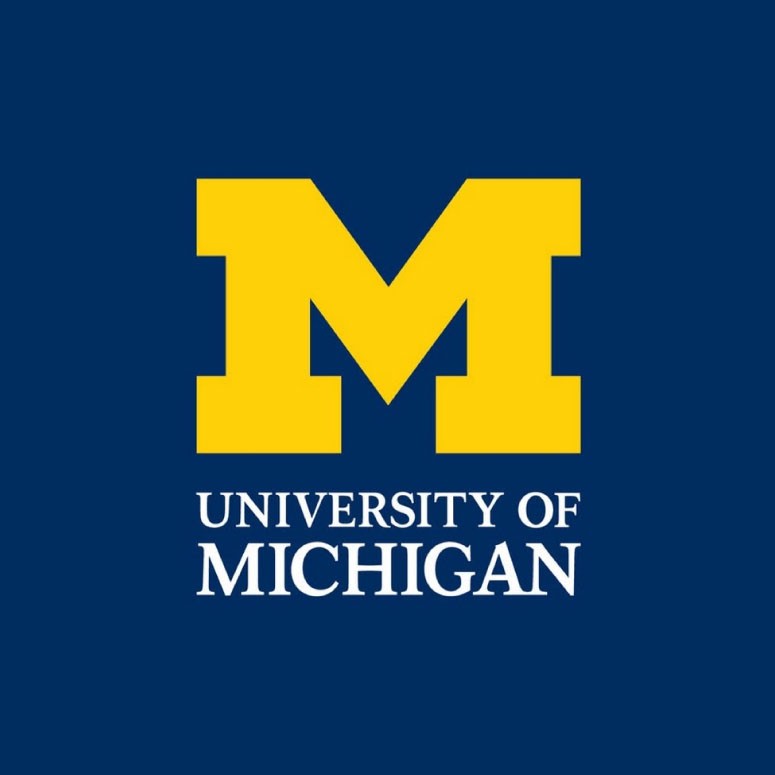
The University of Michigan, Flint was founded in response to veterans returning to Flint after World War II. The school is home to 12 undergraduate programs and 43 graduate programs. Two other branches of the University of Michigan, in Ann Arbor and Dearborn, are located within 70 miles of the campus.
UM Flint’s Bachelor of Science in Health Sciences program is designed for students interested in graduate studies or career advancement in the field of health sciences. The curriculum is designed to expose students to a wide range of health science careers.
It also provides the foundational courses required for professional health sciences post-graduate work.
Students may choose one of three track options:
- General Health Sciences track: requires 52-58 credit hours of coursework
- Pre-Physical Therapy/Occupational Therapy track: requires 41-31 credit hours of coursework
- Environmental Health and Safety Track: requires 47-48 credit hours.
Nicholls State University

Nicholls State University, located in Thibodaux, LA, was one of the first universities in the United States to offer a degree in Culinary Arts. The Chef John Folse Culinary Institute allows students to gain expertise in Cajun and French cooking. In the culinary program, students can earn a bachelor’s degree.
They also earn credit that can be put towards an eventual MBA degree.
The Nicholls State Health Sciences program prepares graduates for advanced educational and clinical work in healthcare professions. The bachelor’s degree in health sciences can include one of four concentrations:
- Pre-Professional
- Pre-Athletic Training
- Communicative Disorders
- Nutrition and Food Services
Each program is designed to be flexible, meeting the needs of students’ different plans for graduate study and their academic interests.
Each concentration track begins with foundational health sciences coursework, including Introductory Chemistry and Professions in Health Science. Students then complete elective coursework related to their concentration during their junior and senior years. There are also 8-10 free electives for students to complete as a part of their upper-level coursework.
Frequently Asked Questions
In short, this degree is a broad tent of healthcare subjects and career options for you to find just the right career.
Your core health science classes will introduce you to topics such as:
• Medical Ethics
• Current and Future Healthcare Issues
• Medical Terminology
• Basic Science
Interested in entering the administrative side of healthcare? You can take classes in:
• Business
• Accounting
• Communications
• Public Health Administration
• Computer Science
Are you more interested in the clinical aspects of healthcare? Courses in biology, epidemiology, basic pathophysiology and anatomy, and biomedical sciences may be part of your curriculum. Programs may even include field experiences working with healthcare professionals.
If you want a clinical profession, you can find employment in fields such as:
• Physical Therapy Assistant
• Respiratory Therapist
• Dental Hygienist
• Surgical Technician
• Paramedic
• Medical Assistant
• Veterinary Technician
If clinical employment is not your thing, a B.S. in Health Sciences can prepare you for careers in fields such as community health, healthcare informatics, administration, public health, and patient educator.
To say healthcare is a growing industry is an understatement. The Bureau of Labor Statistics estimates healthcare careers will grow by 14 percent over ten years, which is much faster than other careers.
When determining salary ranges, you have to consider the specific field you enter. Entry-level positions for clinical professions are as broad as there are specialties. PayScale provides a general salary range for clinical positions ranging between $30,000-$98,000. Non-clinical position annual salaries may range from $43,000-$71,000.
A bachelor’s degree in health science is valuable for students interested in diverse health-related careers. It covers a broad range of health sciences, preparing individuals for roles in healthcare administration, public health, and can serve as a pathway to advanced degrees in specific health fields. The degree’s versatility opens doors to various career opportunities within the dynamic healthcare industry.
Health science can be challenging as it encompasses a wide range of subjects, including biology, anatomy, and public health. The coursework may involve complex scientific concepts and practical applications, requiring a strong foundation in the sciences. However, the degree offers valuable insights into the healthcare field, making it a rewarding choice for those passionate about health and wellness.
